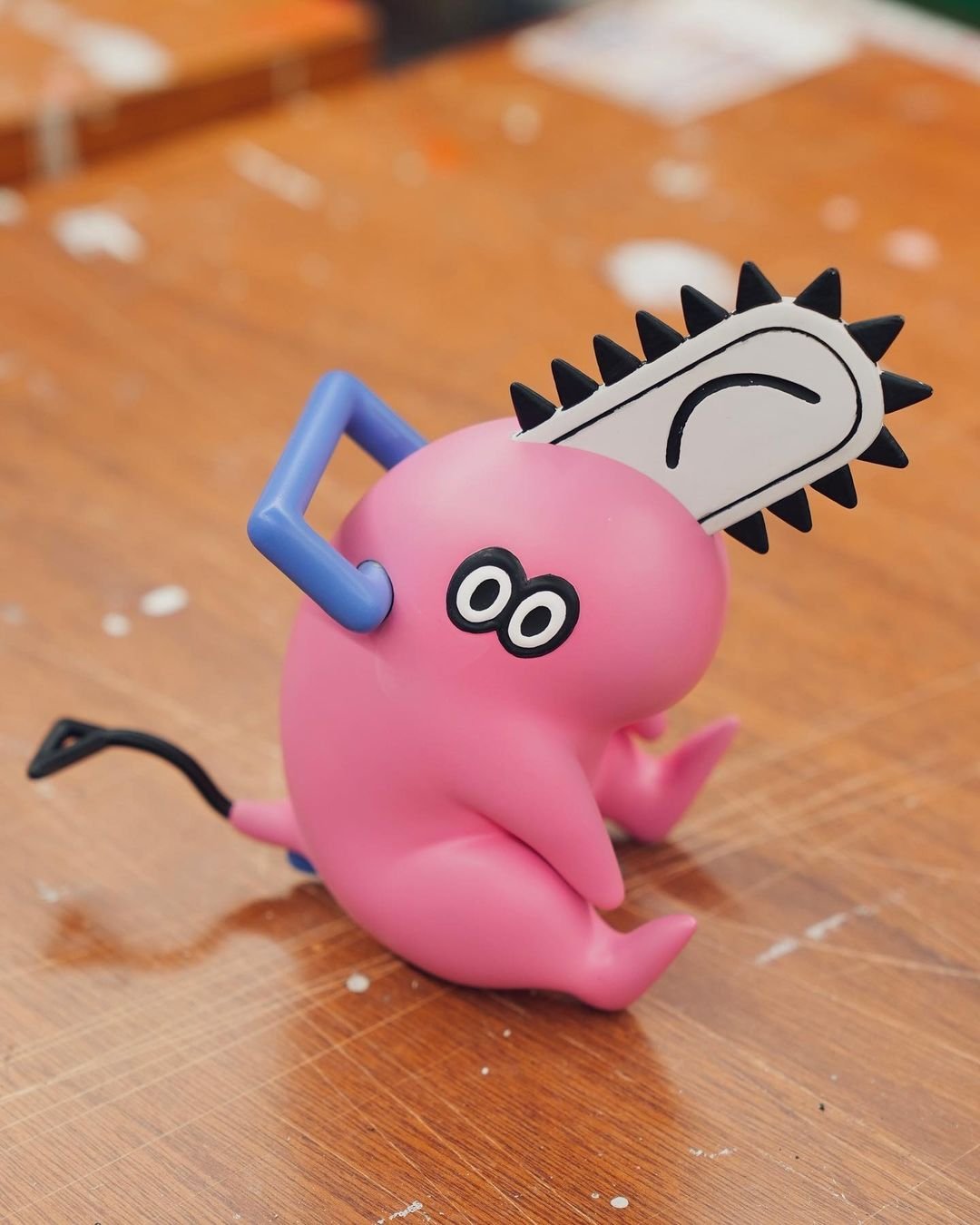Anything Could Happen: The Future Interpreted by a Paleontologist

The future cannot be predicted.
Since the dawn of time, humans have tried to put their hands on an efficient way to foresee what could happen, but so little can be assured with even the most advanced science of today. To fill this void of uncertainty, many people have relied on fantasy to try to grasp the future. One of these most interesting cases could be the works of Dougal Dixon.
Dougal Dixon, born May 9th, 1947, is a Scottish paleontologist with over a hundred books to his name. Some of his most famous works include “After Man - A Zoology of the Future“ [1981] and “Man After Man - An Anthropology of the Future“ [1990].
“After Man” focuses on fictional animal species and their evolution over a time period of 50 million years from now. This time period - called “Posthomic“ by Dixon - sees a world in which continents have fused and which is inhabited by over a hundred new animal species, as described in the book. “After Man“ found huge acclaim, especially in Japan, where also in 1990 a stop-motion documentary about the book was released.
“Man after Man” shifts its focus from animals to humans and deals with the evolution of the human race in a time period between 200 and 5 million years in the future. According to Dixon, humankind will evolve in technological, social, and biological forms. Due to the ongoing technical progress and due to parasitism and elective surgery, over time the human race will split into several species, specially designed to survive in different surroundings including space and underwater. In his opinion, modern humanity will eventually die out, with technology vanishing and the descendants of the human race falling back into a primitive animal-like state with their instincts only revolving around gathering food and survival in their new surroundings.
The unique illustrations by UK artist Philip Hood giving life to the concept of “fictional evolution“ have been influential to dystopian science fiction writings ever since.





